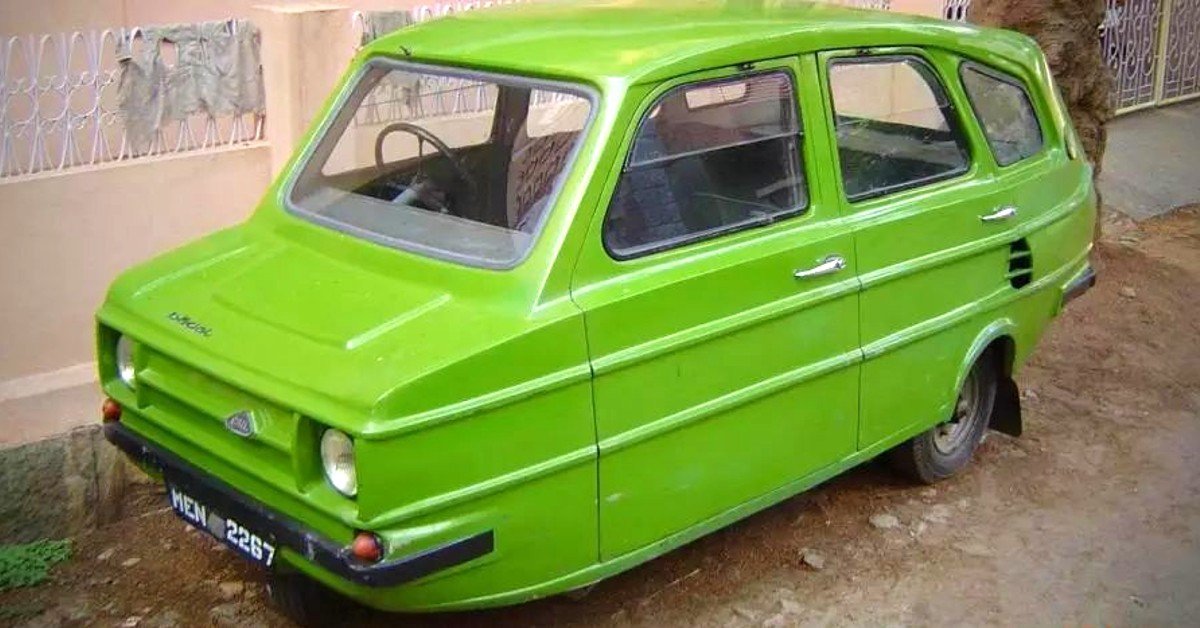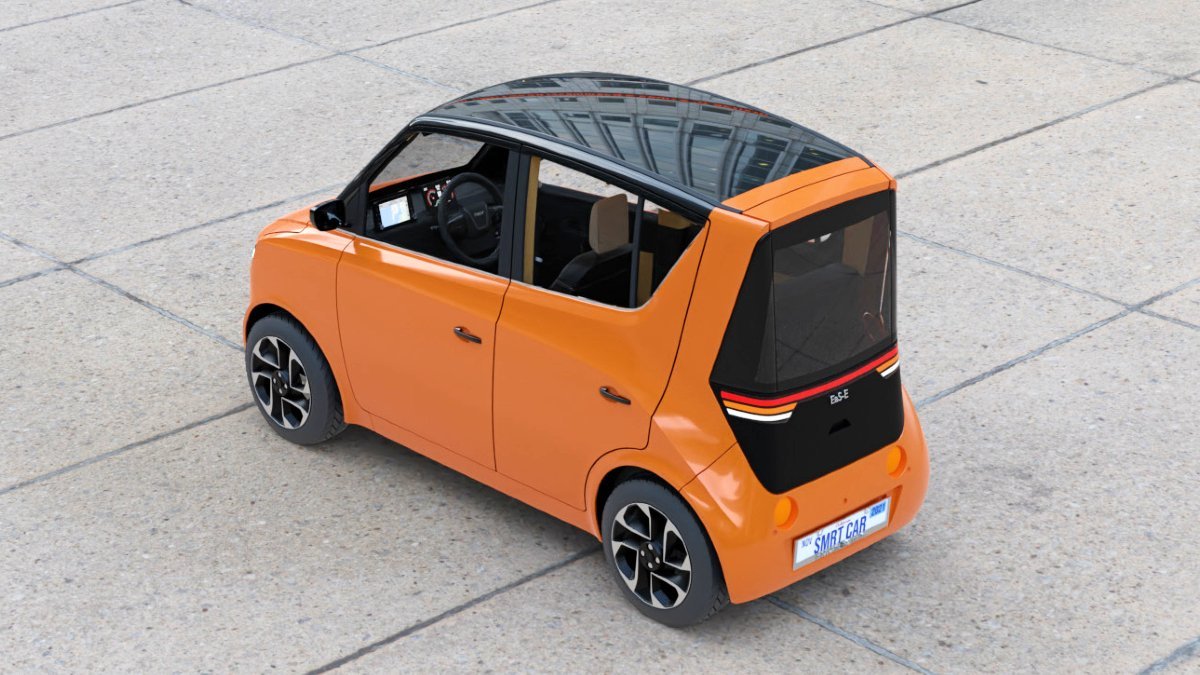You pass an electric substation that is not linked to the grid and doesn’t appear to feed anything nearby as you travel through the Singur crossroads on the new Grand Trunk Road that passes through Southern West Bengal. These are the remains of the former Tata Motors facility that produced the Nano, a vehicle that was introduced to the world to much fanfare and that chairman Ratan Tata anticipated would alter the Indian automotive industry by enabling millions of drivers to purchase cars. In India and beyond, the Tata Nano was a huge public relations success. The launch occasion was the biggest in the history of India’s Microcars, and everyone wanted to be a part of the tale.
India Embraces Microcars
But the Tata Nano ended up becoming one of Indian automobiles’ biggest “what ifs?” The Indian conglomerate’s inability to set up a plant in Singur was one of many factors that led to the vehicle’s commercial failure. The Tata Nano failed to achieve predicted sales despite an extraordinary logistical effort that involved demolishing the Singur facility and reconstructing it in Sanand, Gujarat, on the opposite side of National Highway 6. Sad to say, the Nano was never really a decent car, despite having a fantastic tale. Because it was unable to keep its price promise, it simply did not provide customers with the value they desired.
Revisiting nano vehicle research

The plant in Sanand has assisted in Tata Motors’ ascent up the sales charts by helping the automaker overcome the failure of tiny automobiles. It currently manufactures best-sellers like the Punch, Tiago, and Tigor, competes with Hyundai for second place among Indian automakers, and has taken the top rank in the nation’s emerging electric vehicle category.
Is it time for Tata Motors and other auto manufacturers to revisit the concept of microcars, though? Is there a prospect for a new generation of electric Nano as a few MG Comet microcars finally start to appear on Indian roads and French automaker Ligier tests its Myli subcompact car there?
However, this appears feasible, and the reality is that sustainability should be a top priority for all of us—especially when purchasing cars. Extreme rainfall in recent weeks has shown that climate change is a reality. The Covid-19 pandemic has hampered shared mobility, but the time for more compact, useful personal mobility vehicles has been here.
Our best option is electric microcars

You might enjoy driving a big, powerful SUV, but if you take the same route that thousands of people who commute to work every day do between Delhi and Gurugram, you’ll note that many private passenger cars often have just one person inside. The majority of cars are, in actuality, overbuilt for the function they perform.
Certain users do require large automobiles for interstate trips and daily school drop-offs. In an urban environment, expanding the number of roads is obviously not a viable answer. Even while Indian cities have made significant progress in developing local and regional public transport options, convincing people to ditch their vehicles and use metro systems is still a difficult task.
Let’s face it: driving during rush hours in any Indian city is utterly miserable. For individuals who value personal mobility above all else, small, electrified microcars may be the ideal solution. Nothing compares to relaxing in your own home while enjoying your preferred music, podcast, or other entertainment. Automobiles should reflect Indian consumers’ higher expectations for their automobiles and smartphones at a time when earnings are rising in the country. Additionally, buyers should strive to be more environmentally friendly, and the electric microcar may be a successful tool for doing so.












Be First to Comment